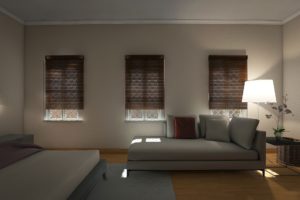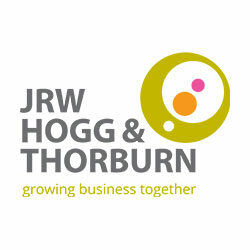Tax relief on property rental
There’s more than one rule which determines the type of tax relief you can claim for capital expenditure in a property rental business. Different rules can apply from year to year. But which can you claim and how can you ensure maximum relief? Brona MacDougall takes a closer look.
 Generally, it doesn’t matter what type of property that you let, you are entitled to a tax deduction for the costs of running your rental business. The exception to this rule is the cost of capital items such as equipment. These qualify for capital allowances (CAs), but if the property is residential you can’t claim CAs for equipment used by the tenant unless the property qualifies as a furnished holiday let.
Generally, it doesn’t matter what type of property that you let, you are entitled to a tax deduction for the costs of running your rental business. The exception to this rule is the cost of capital items such as equipment. These qualify for capital allowances (CAs), but if the property is residential you can’t claim CAs for equipment used by the tenant unless the property qualifies as a furnished holiday let.
Capital allowances are tax deductions allowed instead of depreciation shown as an expense in your rental business accounts. If you have a furnished holiday let you can claim them for equipment such as cookers, beds, TVs or other furnishings. The trouble is your property might qualify as a furnished holiday let one year but not the next.
However, if your property ceases to qualify as a furnished holiday let you must work out the CAs for the last year that it did as if you had stopped letting it altogether. You must put a value on all the items which you’ve claimed or could claim CAs on and deduct that from the value for tax purposes, i.e. the cost of the item less the CAs you’ve claimed. The difference, if positive, is an extra tax allowance, and if negative is taxable as income.
EXAMPLE
David lets a property that qualifies as a furnished holiday let for 2018/19, but not for 2019/20. It qualifies as a furnished holiday let again in 2020/21. At the end of 2018/19 the value of items on which David has claimed capital allowances is £6,000. The total cost of items for which capital allowances have been claimed was £18,000. David claimed for all of this which means that the value for tax purposes is zero (£18,000 cost less cash allowances claimed £18,000). Deducting the £6,000 from this produces a negative figure which is therefore taxable as income for 2018/19. When the property qualifies as a furnished holiday let again (2020/21) David can again claim cash allowances for any of the capital items that are still in the property. The trouble is if they have devalued he is only entitled to claim cash allowances for the devalued amount.
In the example above, 2019/20 is a non furnished holiday let qualifying year. David isn’t entitled to claim any tax deduction for the items that previously qualified for cash allowances. What’s more, if he purchases new items he can’t claim capital allowances for these either. However, he will be entitled to claim cash allowances for both old and new capital items when the property again qualifies as a furnished holiday let. The trouble is that all the items will have depreciated meaning that he won’t receive as much tax relief.
A special concession might allow David to treat the property as a furnished holiday let for 2019/20 despite it not meeting the qualifying conditions. This would prevent David from losing out on cash allowances, he must send a formal election to HMRC if he wants to take advantage of the concession.
CONCLUSION
If your property qualifies as a furnished holiday let you can claim capital allowances for expenditure on furnishings and equipment and so on. The trouble is if the property ceases to qualify as a furnished holiday let, even for a year, then you’ll lose the right to capital allowances. To prevent this, you might be entitled to make an election to treat the property as a furnished holiday let throughout.
